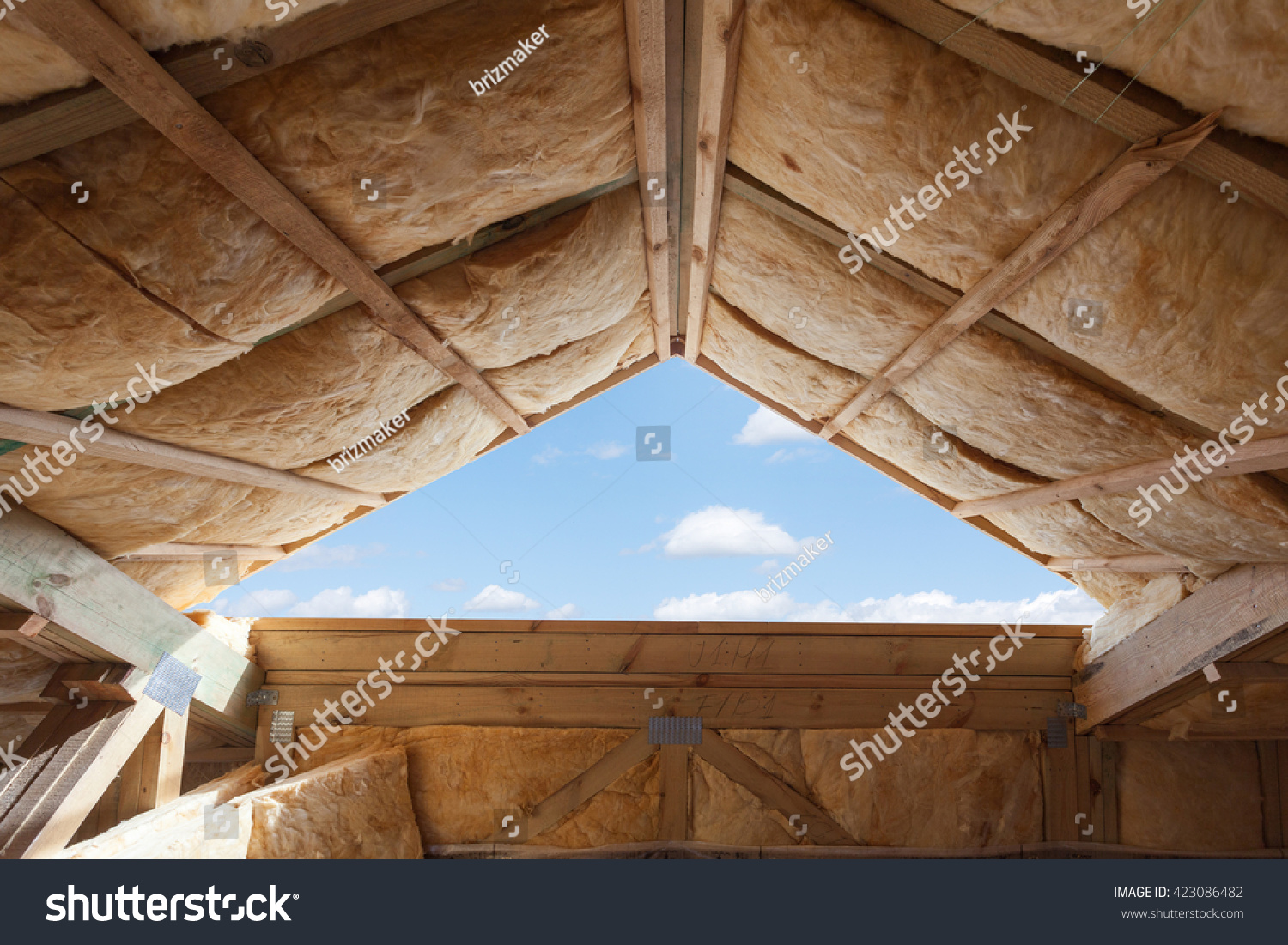Avoid These Insulation Mistakes

Insulation is key to keeping your home comfortable and energy efficient. However, making mistakes with insulation can lead to high energy bills, uncomfortable rooms, and even damage to your home. Many people overlook important steps or choose the wrong type of insulation, not realizing the long-term consequences these choices can have. By understanding and avoiding common pitfalls, you can extend the life of your home’s insulation and maintain its energy efficiency.
Using the Wrong Type of Insulation
Choosing the right type of insulation is essential for making your home energy efficient. Different areas of your home might require different kinds of insulation. For example, spray foam works well in tight spaces like around pipes or in corners, while fiberglass batts are better suited for covering large, open areas like attics.
One mistake is using the same type of insulation everywhere in your home. This can lead to inefficient energy use and higher utility bills. Each type of insulation has unique properties. Some offer better moisture resistance, while others provide superior thermal protection. Understanding these differences can help you choose the right material for each part of your home.
Another common error is not considering the climate. In colder areas, insulation with a higher R-value (a measure of thermal resistance) is crucial. In warmer climates, you might need insulation that helps keep heat out. By picking the right insulation for your needs, you can ensure your home stays comfortable all year round and save on energy costs.
Skipping the Vapor Barrier
A vapor barrier is an often-overlooked component of an effective insulation system. It stops moisture from getting into the insulation, which can cause mold and mildew. Many people skip this step, thinking it’s unnecessary, but this can lead to problems down the road.
Moisture can seriously damage your home’s structure. It can cause wood to rot and metal to rust. Over time, this can compromise the integrity of your walls, floors, and ceilings. A vapor barrier prevents this by creating a protective layer between the insulation and any moisture. This simple step can prevent costly repairs in the future.
Air quality can also suffer if you skip the vapor barrier. Mold and mildew can cause health issues, especially for people with allergies or asthma. By including a vapor barrier, you keep the insulation dry, ensuring a healthier environment for your family. Taking the time to add a vapor barrier when installing insulation is a small investment with big benefits.
Improper Installation Techniques
Even the best insulation materials won’t work well if they’re not installed correctly. One common mistake is leaving gaps and spaces. Insulation needs to fit snugly in place to be effective. Gaps can let air pass through, causing drafts and reducing energy efficiency. It’s important to cut and fit the insulation properly, especially in tricky areas like around windows and doors.
Another mistake is compressing the insulation too much. When insulation is squished, it loses its ability to trap air, which is what makes it effective. Always install insulation at its intended thickness to maintain its insulating properties. It's crucial to follow the manufacturer’s guidelines for the best results.
Additionally, failing to secure the insulation properly can cause it to shift over time. This can create voids and reduce its effectiveness. Especially in areas like attics, appropriate fasteners or supports should be used to keep the insulation in place. A little extra care during installation can save you big headaches later on.
Neglecting Regular Maintenance and Inspections
Insulation isn’t something you can install and forget. Regular maintenance and inspections are required to stay effective. Over time, insulation can settle, get damaged, or even become less effective due to factors like moisture or pests. Regular inspections can help identify these issues early.
Check for signs of wear or damage, such as damp spots, mold, or gaps where the insulation has shifted. Addressing these problems promptly can prevent larger issues down the line. Simple fixes like adding more insulation or replacing damaged sections can maintain your home’s energy efficiency.
Regular maintenance also involves keeping an eye on the vapor barrier. Ensure it’s intact and sealed properly. Any breaches can allow moisture to seep in, ruining the insulation and compromising your home’s structure. Keeping up with these inspections and maintenance tasks ensures your insulation continues to perform well, keeping your home comfortable and energy-efficient.
Conclusion
Insulation plays a crucial role in making your home energy efficient and comfortable. Avoiding common mistakes such as using the wrong type of insulation, skipping the vapor barrier, improper installation, and neglecting maintenance can ensure your home remains energy-efficient for years to come. Each of these steps is vital, and paying attention to them can save you from costly repairs and high energy bills.
Ready to ensure your home has proper insulation in Florida? Contact us at Atlas Insulation today for expert advice and a free quote. Let’s make your home more comfortable and energy efficient together.
.png)





